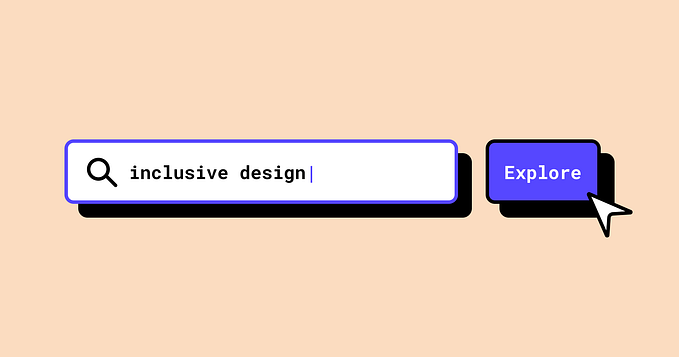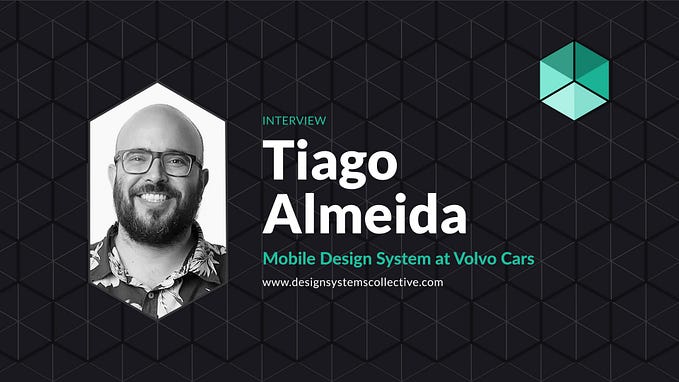Member-only story
Ethical design and accessibility
If your design is providing a benefit to one group of people at the detriment of another, it may not be ethical.

Design is not about expressing yourself.
Design is not about following your dream.
Design is not about becoming a creative.
Design is about keeping people from doing terrible things to other people
— Mike Monteiro
Ethical design means thinking about your product in the context of its users and their environment. Designers need to learn how to think about ethical issues, and ask themselves:
- What are the issues facing the users I am designing for?
- Is there a social or environmental cost to my approach?
- How do I keep my product from discriminating against its users?
While we are getting better at ethical designs focusing on people from different socioeconomic backgrounds…
- Several years ago, Facebook instituted “2G Tuesdays” to force employees to spend 20 % of their work time living with the limitations of network speed in a developing nations.
- Value Based Insurance Design (VBID) structured health insurance programs can not only save money for people in lower socioeconomic statuses, but also improve their health incomes.
…there is almost no literature, publications or examples on including ethical design considerations facing people with disabilities.

Why no ethical design for PwDs?
Most organizations look at the WCAG 2.1 Level AA guidelines as a goal and not a floor. Viewing WCAG as an end goal results in “designing to the standards.” Like “teaching to the test”, people never look at things beyond the paperwork put in front of them that they are told they are being measured to. This approach subconsciously but clearly sends the message to people with disabilities that “ we look at you as a compliance / legal exercise, not an valuable and important…








